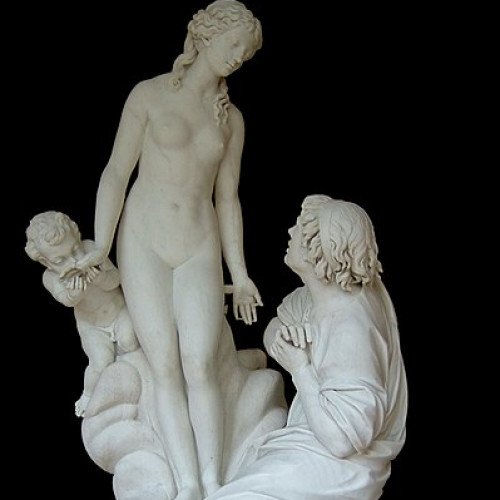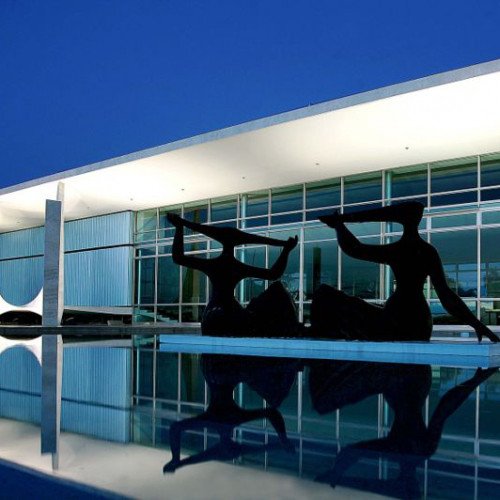Galatea (mythology) VS Iara (mythology)

Galatea (mythology)
Galatea (; Greek: Γαλάτεια; "she who is milk-white") is a name popularly applied to the statue carved of ivory by Pygmalion of Cyprus, which then came to life in Greek mythology. In modern English, the name usually alludes to that story. Galatea is also the name of Polyphemus's object of desire in Theocritus's Idylls VI and XI and is linked with Polyphemus again in the myth of Acis and Galatea in Ovid's Metamorphoses.
Statistics for this Xoptio

Iara (mythology)
Iara, also spelled Uiara or Yara (Portuguese pronunciation: [iˈjaɾɐ], [iˈaɾɐ], [ˈjaɾɐ], [wiˈjaɾɐ], [ujˈjaɾɐ]) or Mãe das Águas ([ˈmɐ̃j dɐˈz aɣwɐs], "mother of the waters"), is a figure from Brazilian mythology based on ancient Tupi and Guaraní mythology. The word derives from Old Tupi yîara = y ("water") + îara ("lord; lady") = "lady of the lake" (water queen). Depending on the oral tradition and the context of the story, she can be seen either as a water nymph, a siren, or a beautiful mermaid that lives in the rivers of the Amazon Basin.